Comparison: Restored Steinway model O rosewood 1912 vs black 1905
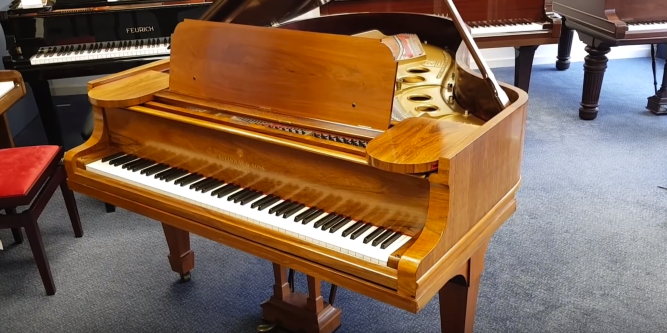
Video transcription: This is a comparison between 2 Steinway model O grand pianos. That’s 5’10 1/2 inches long. This Steinway was made in 1912 and is just recently come into stock. This Steinway was made in 1906 also recently arriving in stock: We will start off with this black polyester Steinway. This one is […]
Bösendorfer 130 upright piano 1993 + comparison with grand pianos
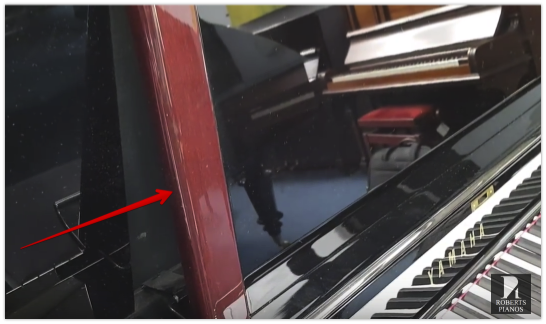
128cm high vs Yamaha YUS 131cm Sloping music stand on the Yamaha to let the sound out slighly from the front, giving the acoustic impression of a grand piano. The first difference to note is the Yamaha has an opening in the music desk which allows a portion of the sound of the piano […]
Comparison between a Shigeru Kawai 2011 & Steinway model O grand pianos
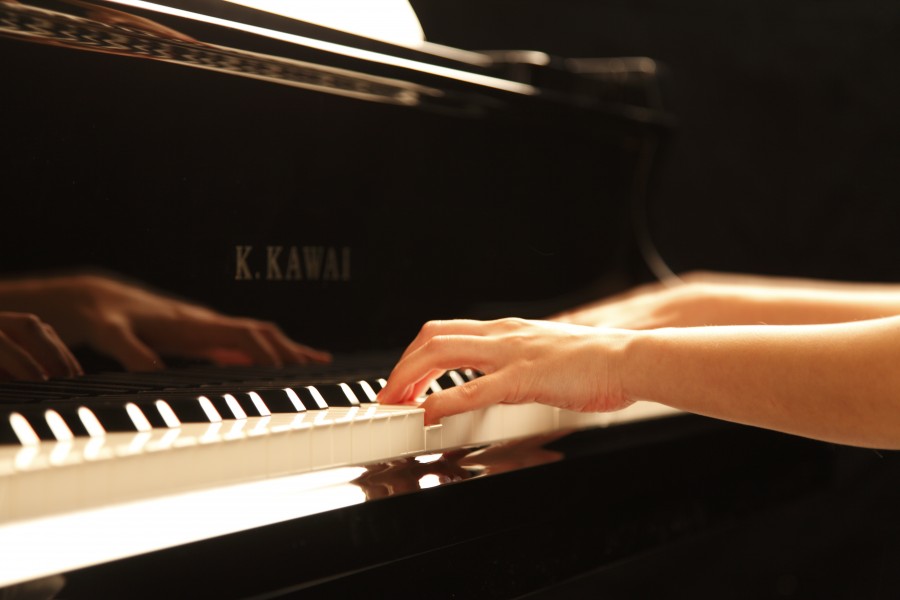
As Marcus discusses, both pianos are designed to the highest standard. It is difficult to say which piano is better. The more modern Shigeru Kawai is likely to have a ‘slightly’ more sensitive touch. Whilst the Steinway model O is a matured instrument, especially the soundboard. Which we have yet to replace, but repair. So as to preserve […]
IN STOCK: Steinway Model O and M grands – comparison
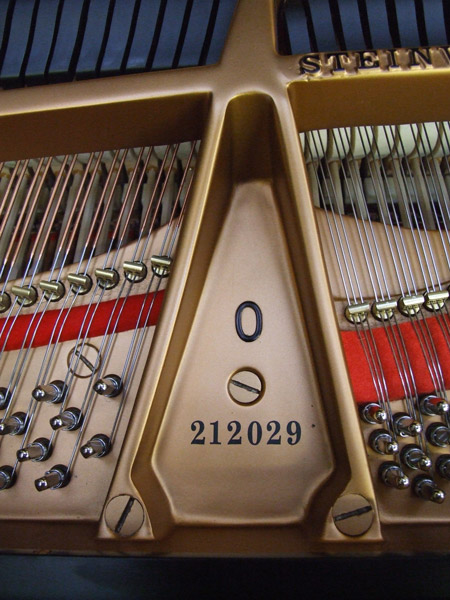
Marcus discusses the difference between a Steinway model O and a Steinway model M, both fully restored from similar periods. The Steinway model O is from 1922 whilst the model M is from 1929. A close and similar period of Steinway manufacture. We would like to add that these pianos come with a 10 year guarantee for faults […]
Comparison between Yamaha S6 and Steinway model B grand pianos
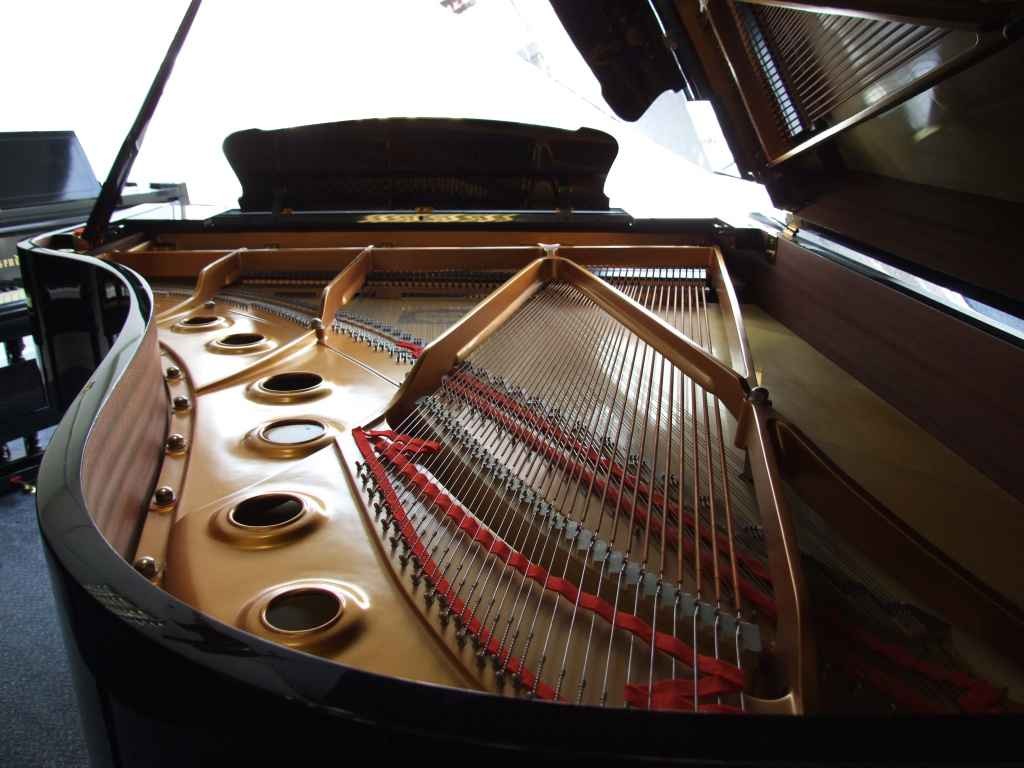
These top quality pianos are similar in length, 211-212 centimeters long. Marcus compares them in this video. A fully restored Steinway model B grand piano is in the top price band for a fully restored piano, whereas a handmade Yamaha S6 is rarer. Both pianos are in immaculate condition, the 2006 Yamaha S6 was hardly used […]
Bosendorfer 170 & Steinway model M Comparison
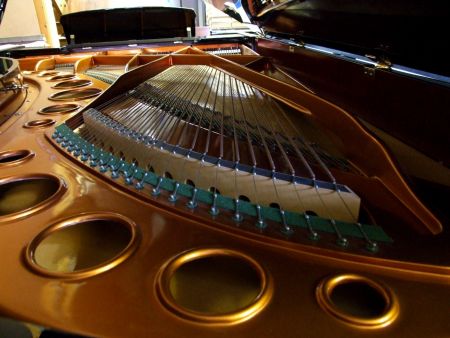
Both pianos are 170 cm long 5″7′ long. Both restored with perfect ivory keys, new German strings. The Steinway grand has been restored to the original design with German Abel hammers, German strings, and felt colour matching. Also included is a Canadian maplewood multilayered pinblock for extra tuning durability. Steinway made this Rosewood two pedal piano […]
Steinway Model B & Yamaha S6 Handcrafted Comparison
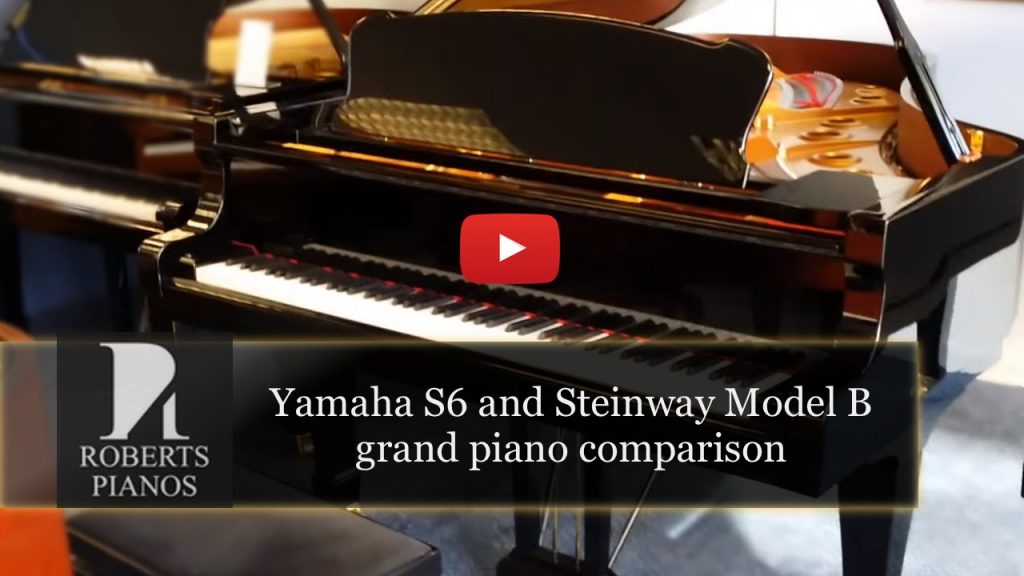
The Steinway model B grand is Germany 1980 fully restored in every detail. With new bass and treble strings it has been refinished exactly as a new piano would be. It has new Steinway hammers, shanks and rollers. The action has been weighted and is regulated to feel exactly like a new action would. Very […]
Yamaha GB1 and Kawai GM-10K Comparison. Review
In order to review the Yamaha GB1 baby grand, we've compared it to a similarly priced baby grand, the Kawai GM-10. Both pianos are assembled in Indonesia though we are informed that all Kawai parts are made in Japan so we assume that this is probably the case with the Yamaha. However we believe this [...]Comparison between a Yamaha U1H and Bechstein 10 upright piano
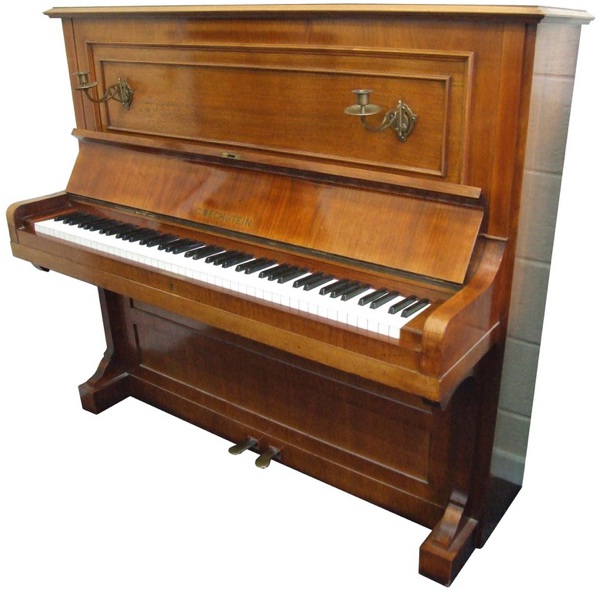 Yamaha U1H Bechstein 10 Introduction We’ve written this page to help you decide which piano to choose between. Highly regarded by musicians as some of the best uprights available under £5000 (2012). We’ve sold over 100 Yamaha U1H uprights and a similar number of Bechstein upright pianos, and regard them both as an excellent choice. [...]
Yamaha U1H Bechstein 10 Introduction We’ve written this page to help you decide which piano to choose between. Highly regarded by musicians as some of the best uprights available under £5000 (2012). We’ve sold over 100 Yamaha U1H uprights and a similar number of Bechstein upright pianos, and regard them both as an excellent choice. [...] 
